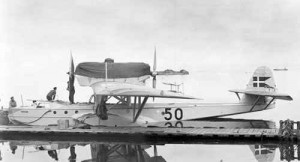 The Dornier Do J Wal was a twin-engined German flying boat of the 1920’s designed by Dornier Flugzeugwerke. The aircraft was initially produced in Italy, to circumvent the Versailles Treaty. Both a civilian and a military Wal was produced. The main differences between the two were armament, cockpit location and a passenger cabin. The Dornier Wal proved a popular aircraft, and was exported throughout the world.
The Dornier Do J Wal was a twin-engined German flying boat of the 1920’s designed by Dornier Flugzeugwerke. The aircraft was initially produced in Italy, to circumvent the Versailles Treaty. Both a civilian and a military Wal was produced. The main differences between the two were armament, cockpit location and a passenger cabin. The Dornier Wal proved a popular aircraft, and was exported throughout the world.
The Wal was also used for a staggering 32 world-record-breaking attempts, including an expedition to the North Pole, by Roald Amundsen, various attempts of crossing the Atlantic, as well as a round-the-world trip during 1925 by Wolfgang von Gronau. The aircraft remained in production until 1936.
The aircraft is particularly interesting to me, as a Dornier Do-J/III Wal was used by the Royal Danish Navy for their Greenland expeditions.
Specifications (may not be 100% accurate):
Crew: 3
Capacity: 8-10 passengers
Length: 17.25 m (56´ 7″ ft)
Wingspan: 22.50 m (73´10´´ ft)
Height: 5.20 m (17´ft)
Empty weight: 3,630 kg (8000 lb.)
Max takeoff weight: 5,500 – 7,000 kg (12,570 -15,400 lb)
Maximum speed: 170 – 185 km/h
Cruise speed: 145 km/h (91 mph.)
Range: 800 km normal (500 mi)
Service ceiling: 3,500 m (11,450 ft.)
Rate of climb: 33´ to 3,000 m
Engines: various, but initially 2 × Rolls-Royce Eagle IX engines (360 hp) each




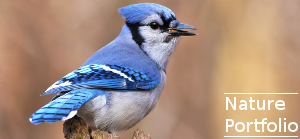
 03/06/2011
03/06/2011
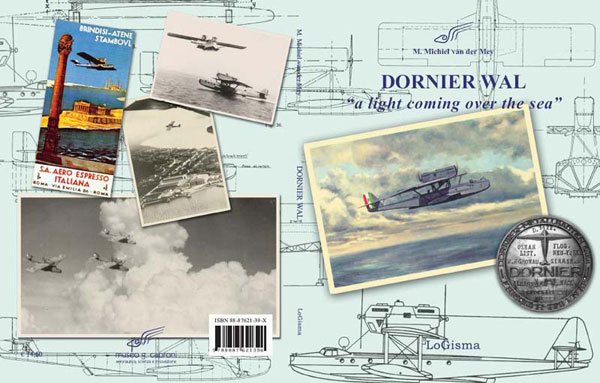
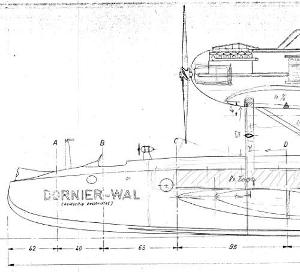
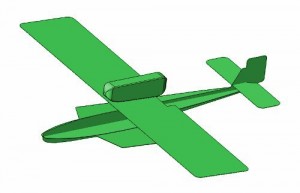
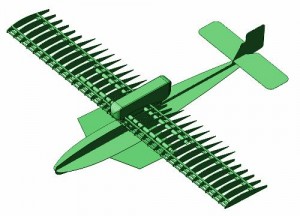
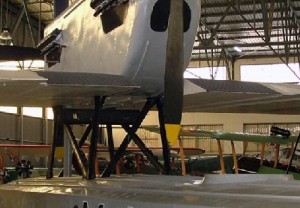
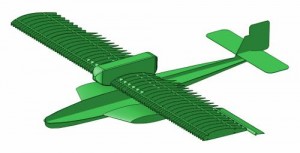
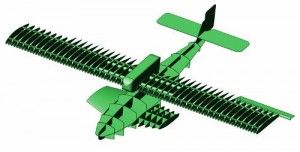
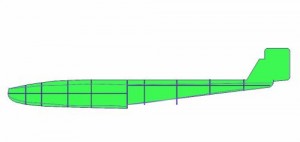
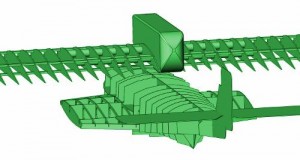
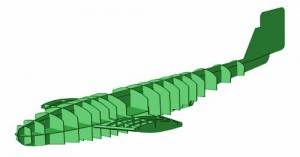
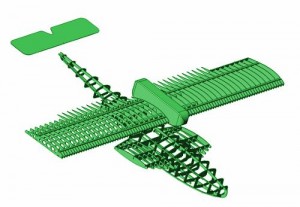
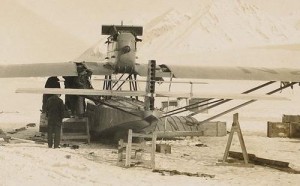
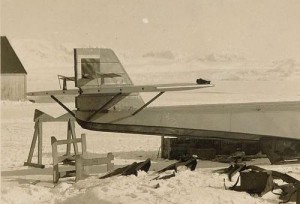
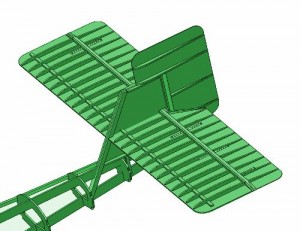










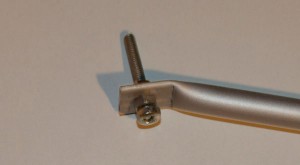
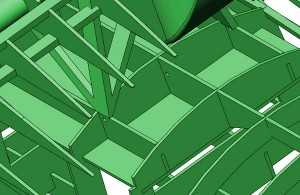
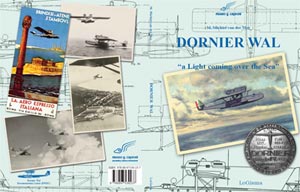
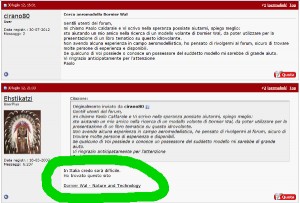
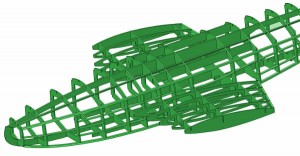
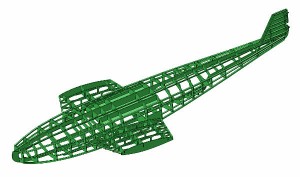

In the latest version of my book Dornier Wal a Light coming over the Sea from Pisa around the world. I presume that many open points of your “to do list” can be closed. Do visit our 15-language website http://www.dornier-wal.com and consider my book and the drawings.You can purchase the book forwhich the research started in 1935 (my mother) via paypal. Your comments are very welcome !